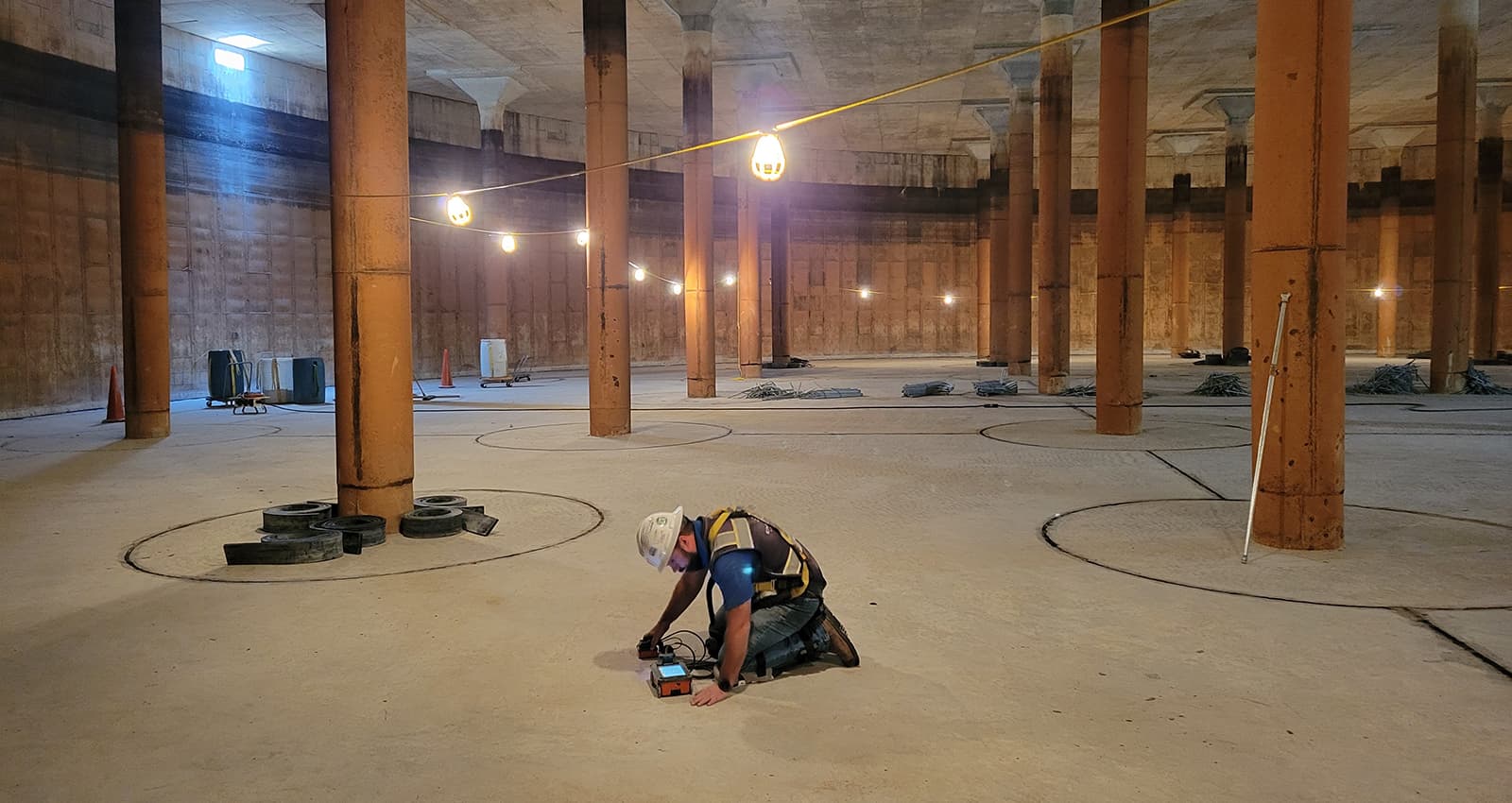
If you were looking to hire a contractor for a construction project, one of the first things you might do is check out your state’s licensing board (in California, it’s the Contractors State License Board) to make sure the contractor you were considering hiring was licensed. Having a license to work legally in your area tells you that the person or company has at least some level of expertise, experience, and accountability.
If you’re looking for GPR concrete scanning services, the process of finding a reputable service provider can be a little bit trickier. Currently, there is no regulation of ground penetrating radar (GPR) service providers. No training or certification of any kind is required. Literally anyone with the funds can buy a GPR antenna and declare themselves open for business to scan concrete using GPR equipment.
You would hope that anyone investing in GPR equipment, which is not inexpensive, would also invest the time to get trained on it by the manufacturer or someone else who has expertise with the equipment, but unfortunately, this isn’t always the case. Some people think that reading the manual that comes with the equipment or watching a few YouTube videos will suffice as proper training.
However, operating GPR equipment is about so much more than just knowing how the equipment works. The operator must also know how to properly interpret the data that the equipment puts out—and this takes training and practice.
When mistakes are made in GPR scanning and data interpretation, it’s bad for the whole GPR scanning industry. People start to wonder if the technology is good or if it actually does what it is supposed to do. It does. The problem is that when untrained or inexperienced people use the technology the resulting information that is given to the client can be inaccurate.
In GPR concrete scanning, this can spell disaster. One of the main reasons people use ground penetrating radar to scan concrete is to find a spot to safely drill or cut into an existing concrete slab. They want to avoid hitting rebar, post tension cables, electrical conduit, or telecommunications conduit. GPR is able to locate these types of things within concrete, but doing so is not always easy. In highly congested concrete, it can be difficult to interpret the data, and therefore, safely disturb the concrete.
If you happen to cut through the rebar imbedded in the concrete, it could compromise the integrity of the slab. If you even nick a post tension cable within a concrete slab, it could snap. This would not only affect the concrete, but it could seriously injure or even kill anyone nearby.
Obtaining accurate information from a GPR concrete scanning service is no joke! Before hiring a service provider, ask them about more than just their fees, but also about their training and experience! If you’re located in or near Southern California, contact Enhanced Scanning for expert GPR concrete scanning service.








